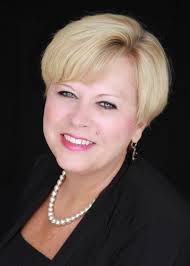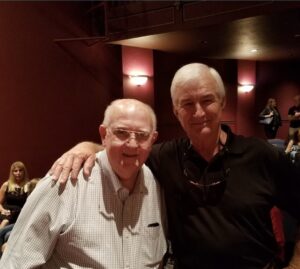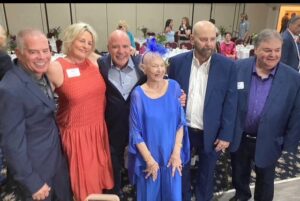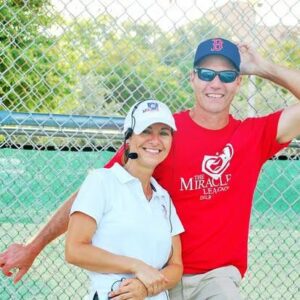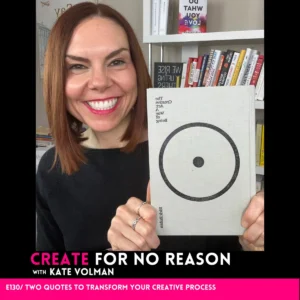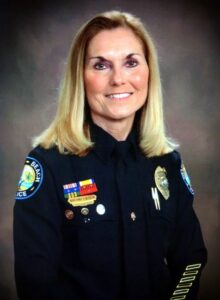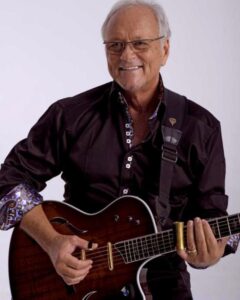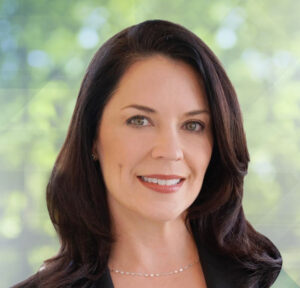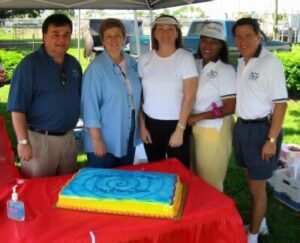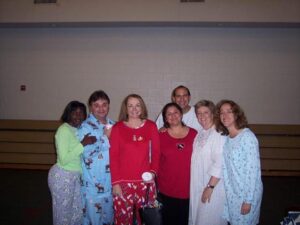
Lenses and viewpoints
I believe all of us have a unique way of looking at the world.
We possess a personal frame of reference that helps us make sense of the world as we work our work our way through the days of our lives.
I look at the world through three distinct lenses; that of a journalist, a mayor and lately a playwright.
Let me explain.
When I see something new or interesting I think about how I’d report on it (the journalist in me), how I’d approach it or adapt it to my town (if I were a mayor) and lately how I’d dramatize it (my new passion, playwriting).
My friends view the world in their own way.
Some think about how they’d monetize a thought (the entrepreneur), how they’d develop it (a real estate mind) or how they’d market it (a branding guru or salesperson).
Yes, we all have our lenses.
Here’s an example, when I’ve been out with police officers for dinner, I noticed that they look at their surroundings differently. I can see them scan the room. The veterans have a sixth sense honed by years of experience. It’s fascinating to witness.
Recently, I participated in a think tank exercise about the future and I was struck by how one of the participants saw the recent volatility in the stock market.
Personally, all this jumping around has freaked me out a little. Ok, a lot.
I’m not used to checking the futures market before going to bed fearful of what the next day will bring.
Maybe it’s because I’m nearing retirement and getting to an age where I will be relying on investments to see me through the rest of my life. Or maybe it’s because you reach an age when your window for making back your losses shrinks. We know that nothing goes up forever, but it’s hard when the market resembles a Six Flags rollercoaster.
But I digress.
One of the participants in the session seemed resigned and somewhat OK with the loss of value seeing it as a good thing that will force positive changes in America.
While I don’t agree, I was fascinated by this man’s cool and his confidence that this was all meant to be and somehow good.
We see things through different lenses.
I grew up being taught that doctors were to be respected, that vaccines were a scientific blessing that would keep us safe from pathogens and that fluoride in the water would keep my teeth from rotting. I remember lining up in elementary school to drink a foul tasting shot of fluoride in a Dixie Cup. We were told it was good for our teeth and we believed our teachers.
All three of these beliefs-and a whole lot of other things—are being challenged today.
I was raised to believe that public service was a noble calling, that institutions were there to advance the public good and that America stood for truth, justice and equality and against tyranny, oppression and the violation of human rights.
Needless to say some of those ideals are being challenged like never before. Politicians have always lied, but this seems to be a new level. We can’t agree on basic information anymore. It’s a disorienting experience for those of us who have seen a culture where compromise and working together were viewed as a preferred method of doing business.
Some of my friends would take great exception to the above paragraph.
They see a need for a wholesale and much needed reckoning, a recalibration of our ideals and a new path forward that will get us back on track.
I see us sliding into a pit.
I believe in due process (for everyone), the rule of law and checks and balances.
Different lenses, different outlooks, different and differing realities.
So how does it all reconcile? That’s my question.
Is it possible to stay united and see things so differently? Is it possible to be brothers and sisters and see the world and reality from totally different perspectives?
I don’t know the answer to those questions. But I know they must be answered, our current reality does not seem sustainable.
A guy I know tells me he’s going to home school his children when the time comes. The kids are young now, but he and his wife have no desire to send their children to public schools. They want to design their own curriculum for their kids. That is certainly their right. And I respect that; and the notion that our schools are lacking and in need of reform. But a part of me found it sad because I think public education is part of our genius as a nation and that the socialization that occurs on the playground, in the classroom, the gym and the lunch room are the common glue of experience that binds us together.
Today, we are trapped behind screens, separated from each other by algorithms, drugged by notifications and herded into tribes taught to hate the other tribes.
I get the lenses. What I see, I want to write about and dramatize.
But I sure hope that our lenses are not blinders. I hope they don’t stop of us from pursuing worthwhile goals. I hope we leave room for peripheral vision and perspectives. I sure hope that we preserve what we used to cherish and celebrate—what we used to call the commons.
